Jan 19,2024
Self-tapping Screws create their own threads in the material they are fastened to, rather than using machine screws that require the substrate to be tapped with threads before installation. This allows them to be used in a wide range of applications, including those that would be too hard or expensive for machine screws to handle.
Choosing the Right Type of Self-tapping Screw
For some materials, such as wood or soft plastics, a self-tapping screw simply taps the material with a point "like a drill bit". However, metals and certain types of hard woods often require a pilot hole to be drilled before the threads can be formed by a self-tapping screw's tip.
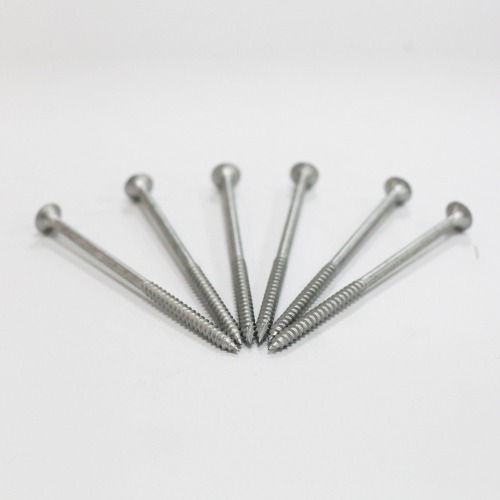
Choosing the Right Head Shape for Your Application
For example, bugle head screws are used to attach plasterboard, where their countersunk head and concave bearing face provide better stress distribution than flat headed self-tapping screws. The angled head also allows the screw to penetrate thicker materials, which may otherwise be distorted or compromised by a flat head.
Choosing the Best Drive Type for Your Application
A standard slotted or Phillips drive is fine in most applications, but deeper socket drives such as Torx and Robertson can be advantageous when torque is high or the material being fastened is highly brittle. They can also be a good choice in cases where aesthetics are a consideration.
Polyfix screws for plastics have a more pronounced and sharper thread profile, which makes them more resistant to pull out or stripping within low density plastics. These specially designed self-tapping screws also reduce radial stress, which prevents boss damage in injection moulding applications.

 English
English 中文简体
中文简体 Español
Español русский
русский




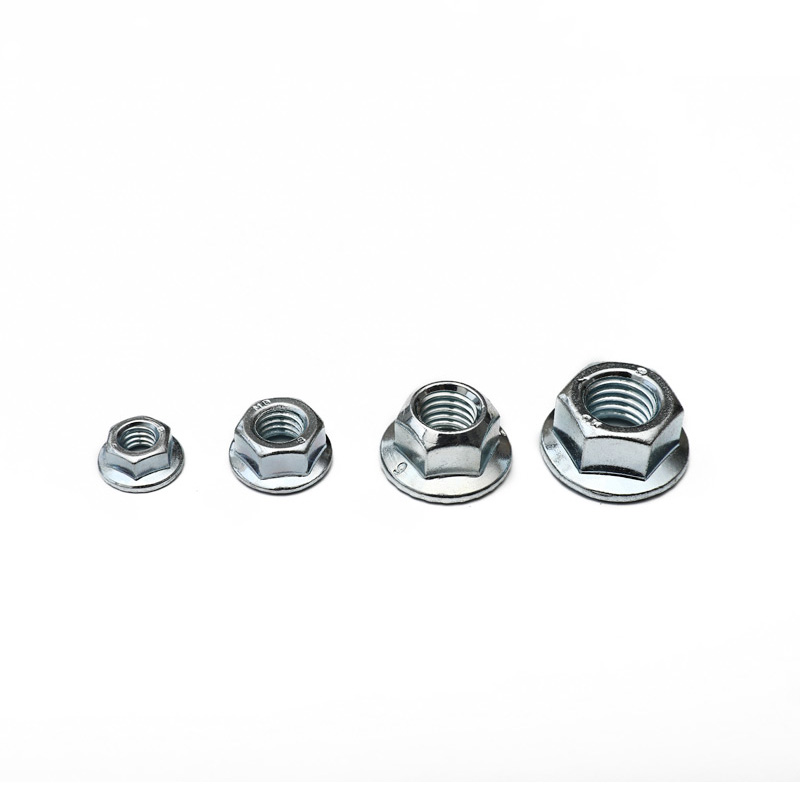
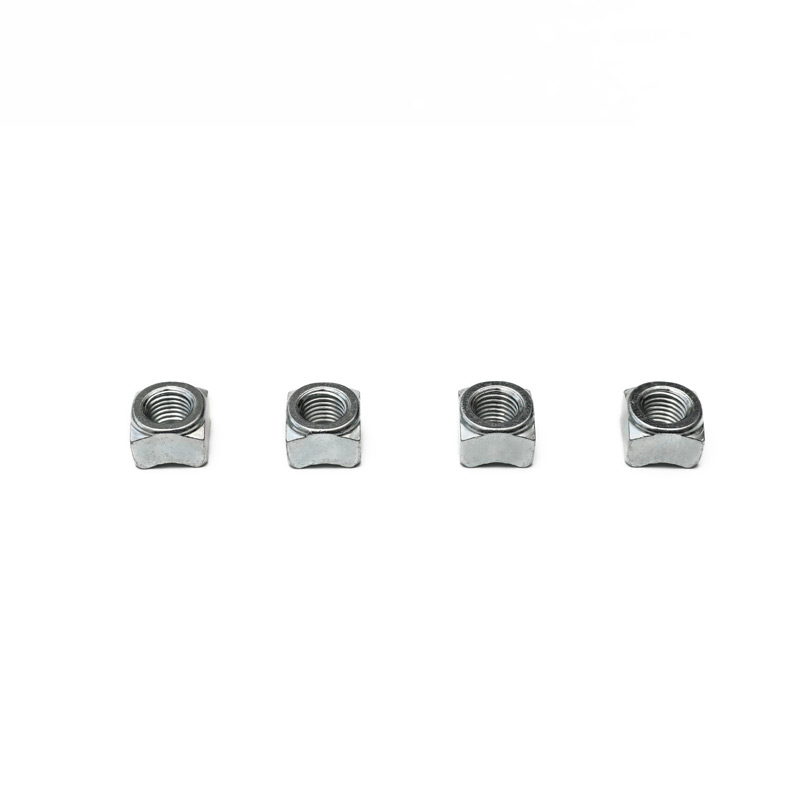
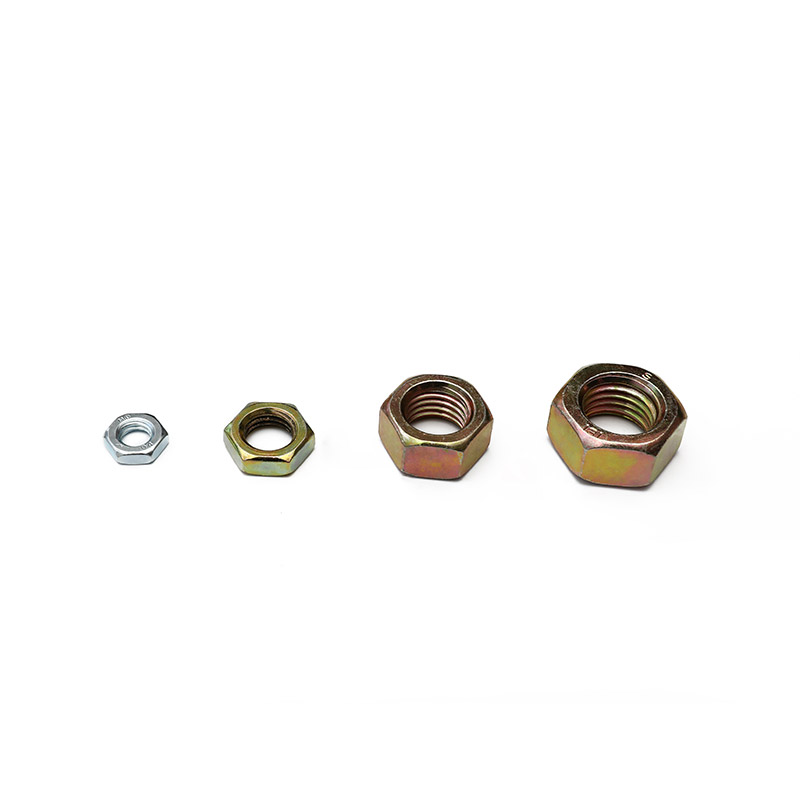
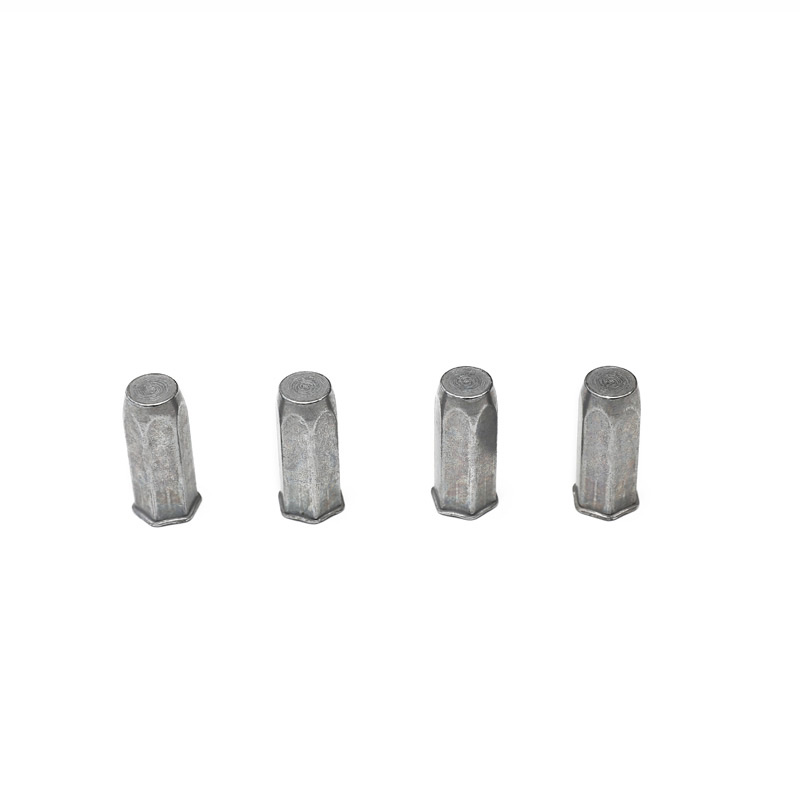
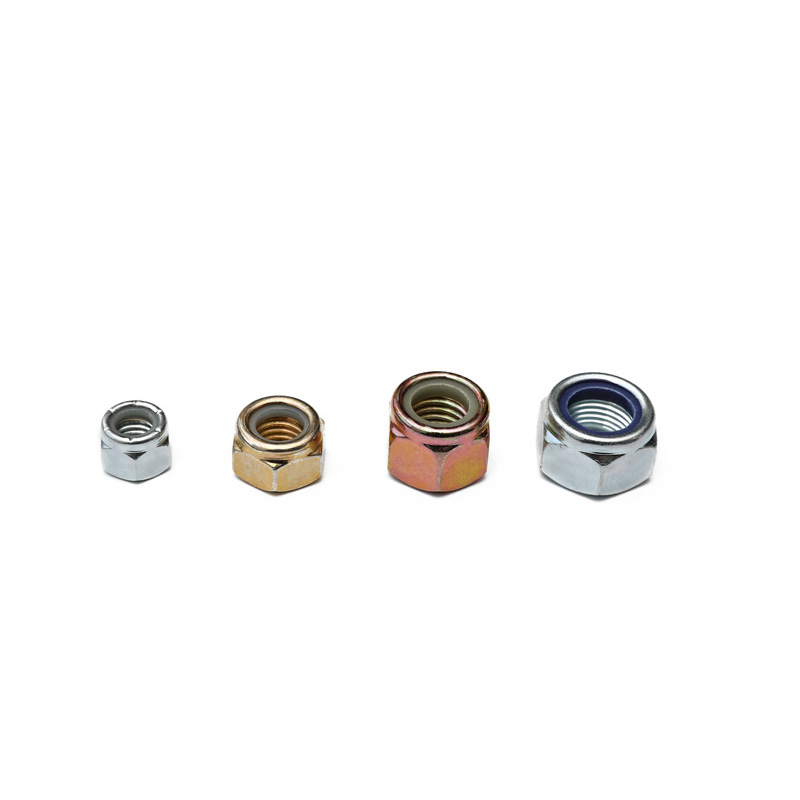
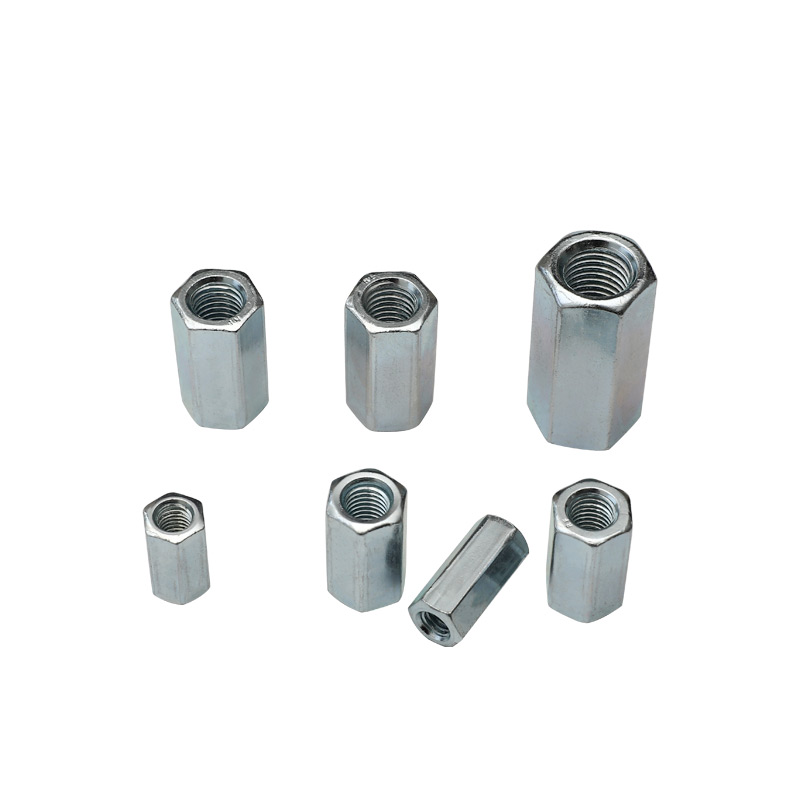
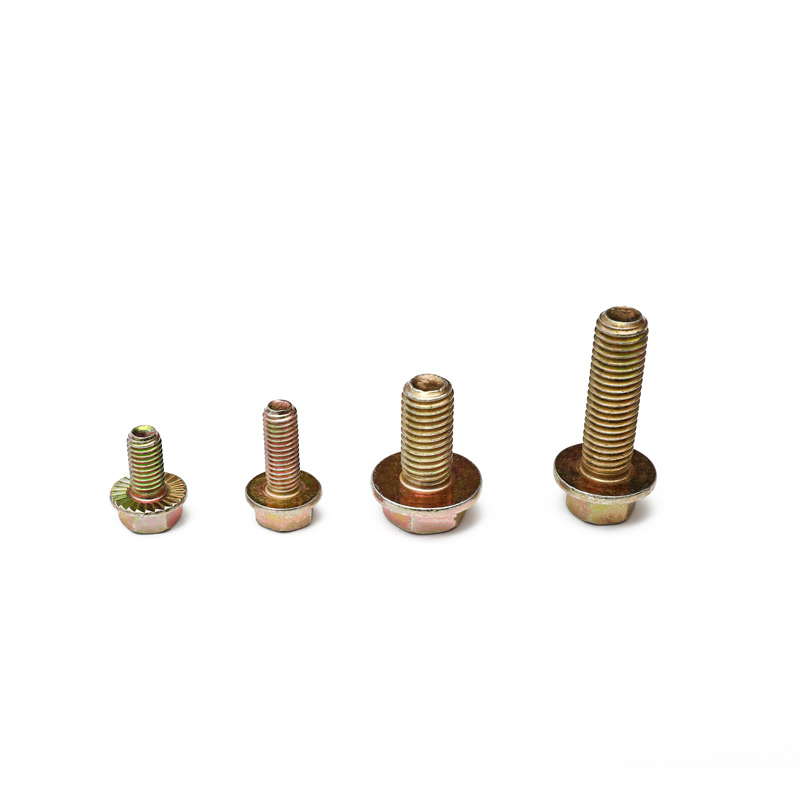
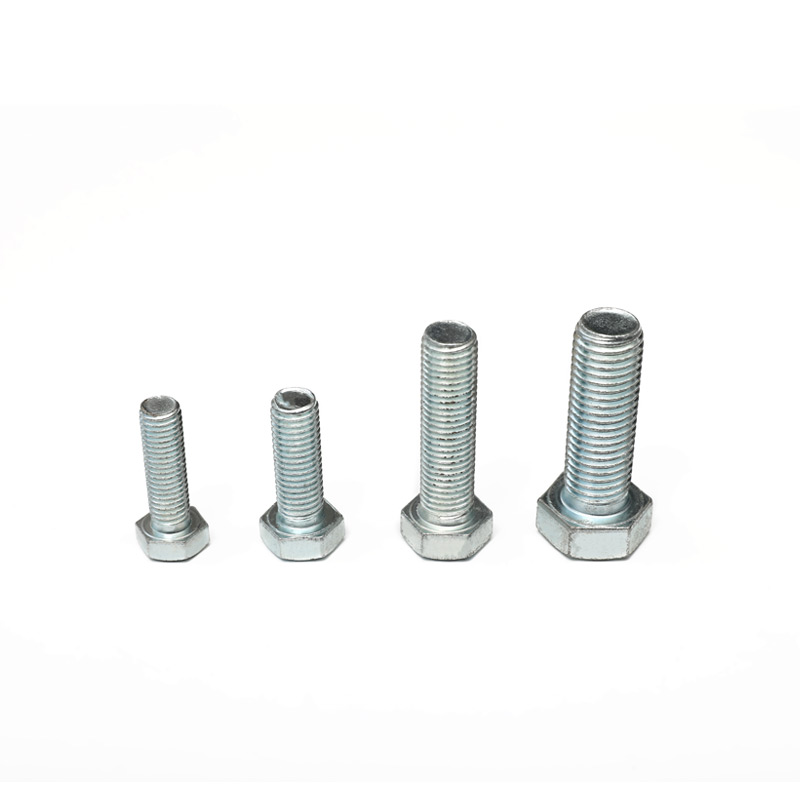
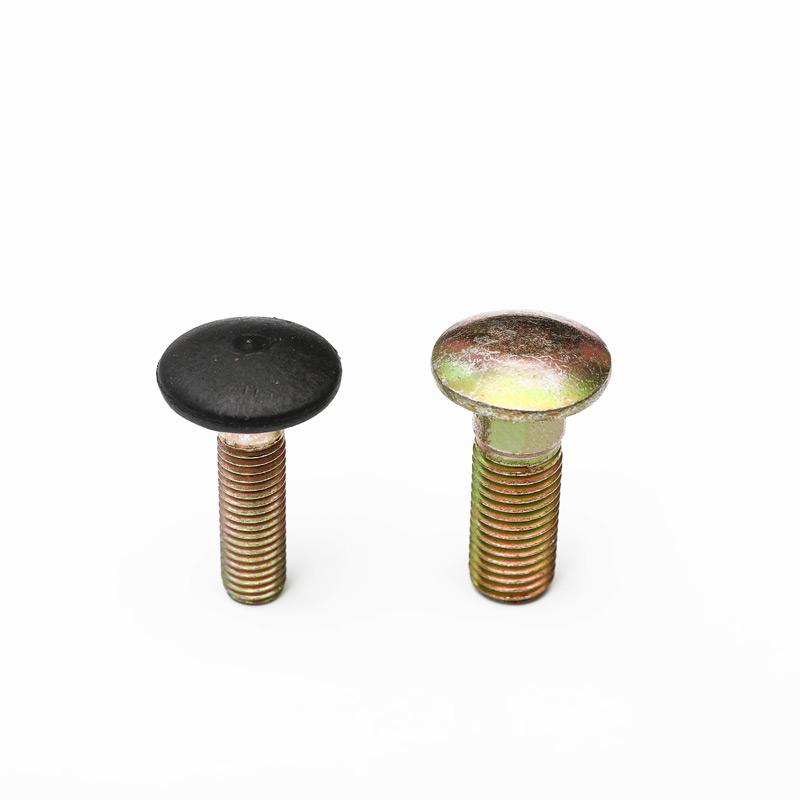
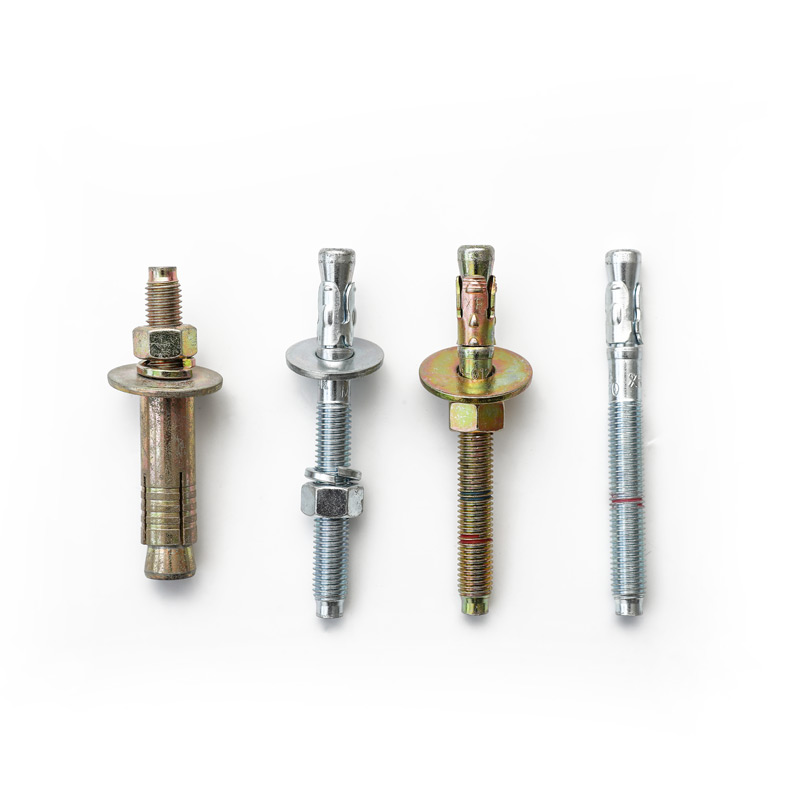
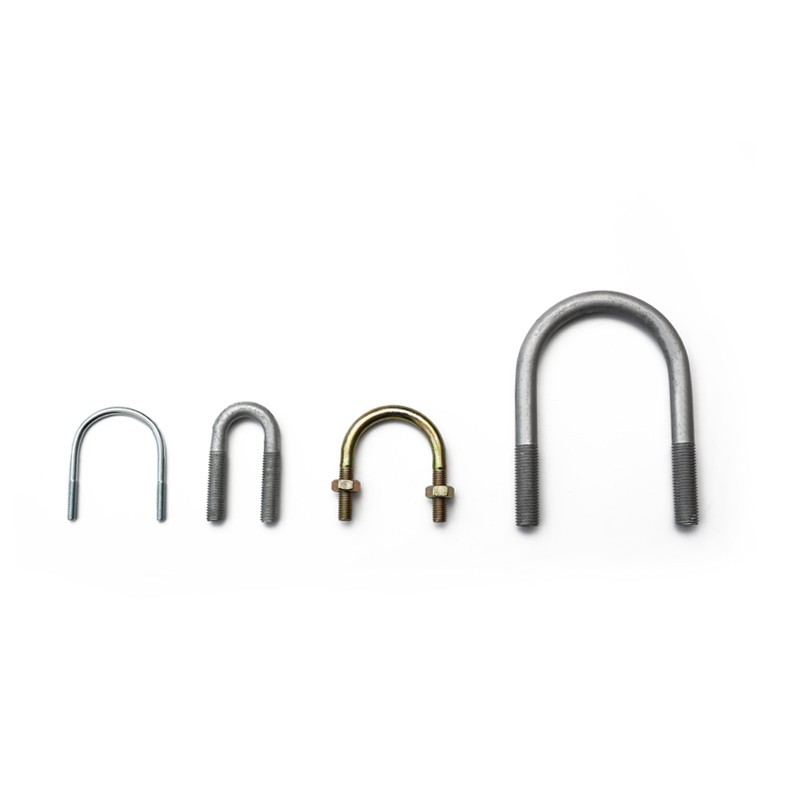
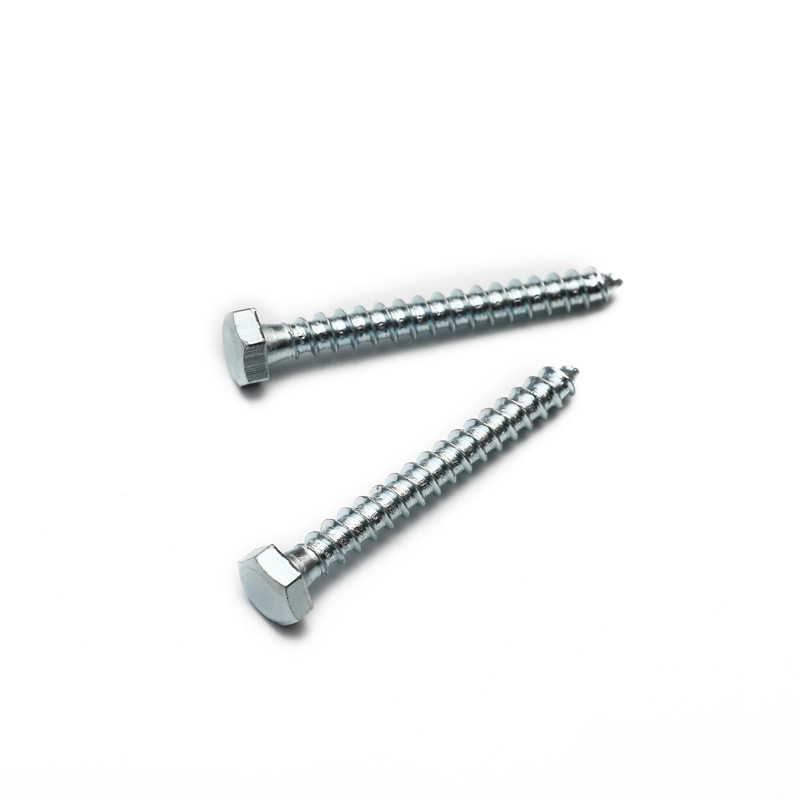
 инвентарный код: 000906
инвентарный код: 000906